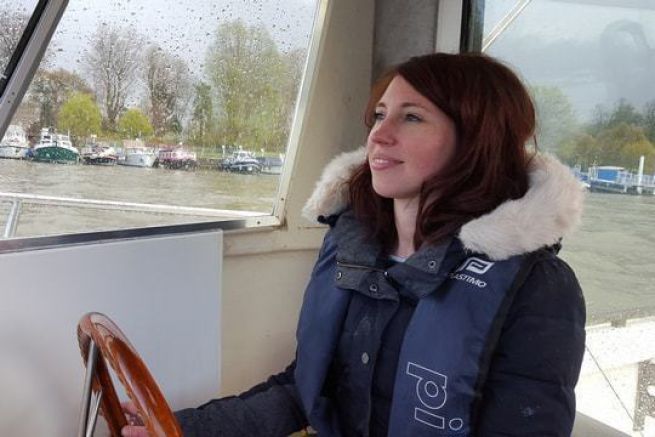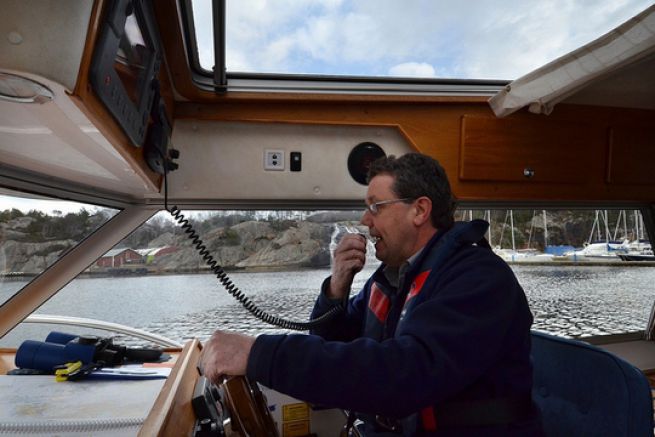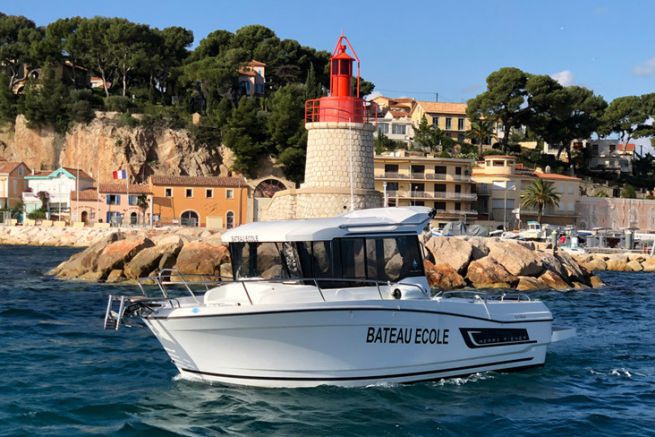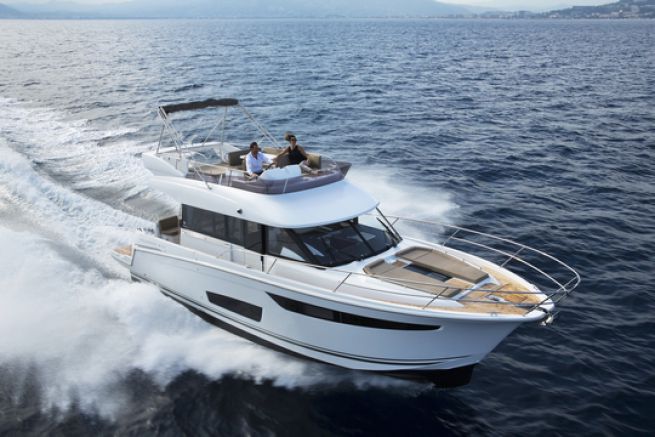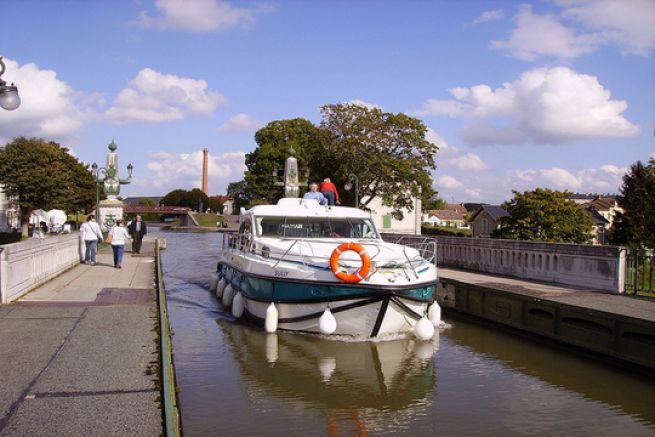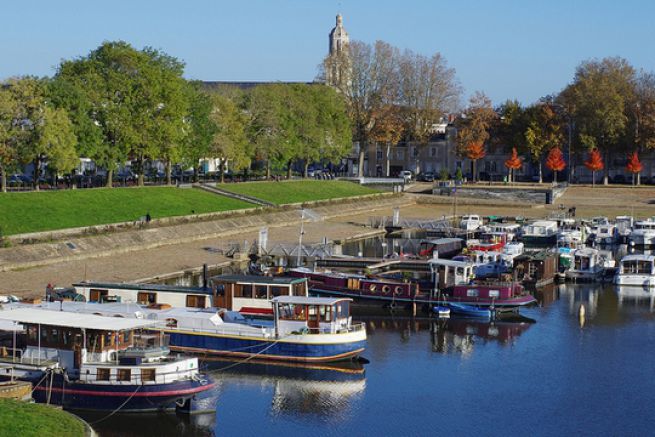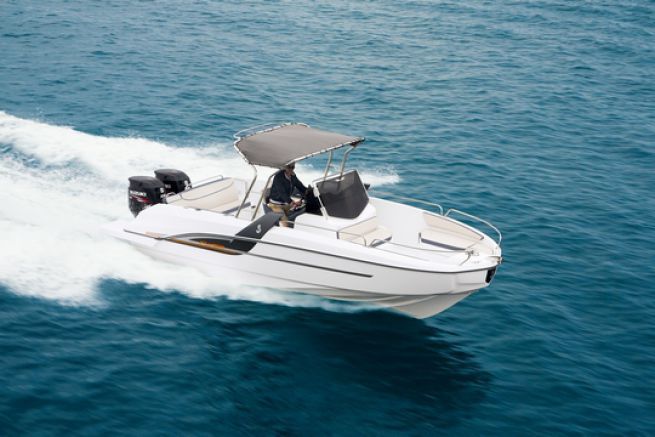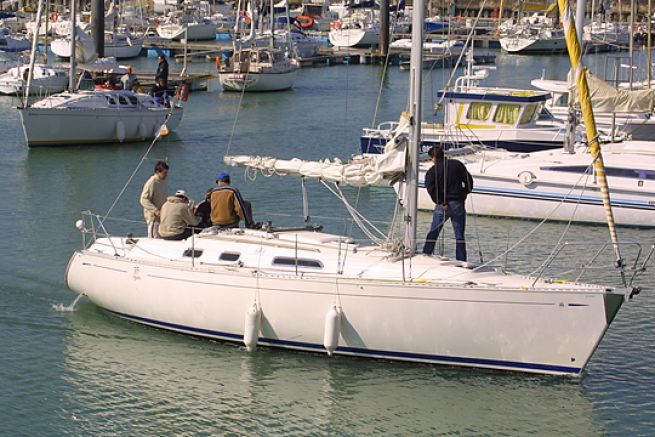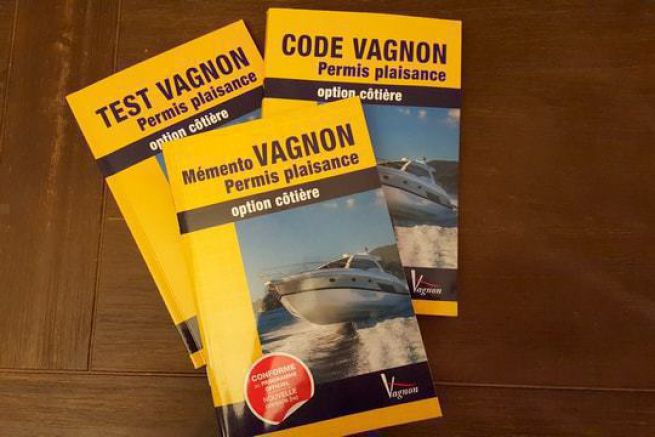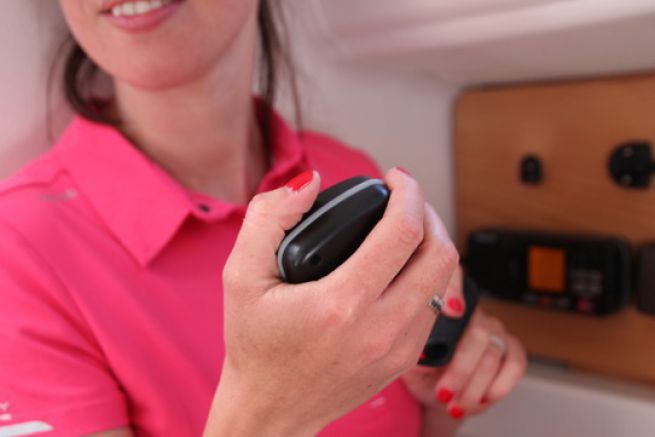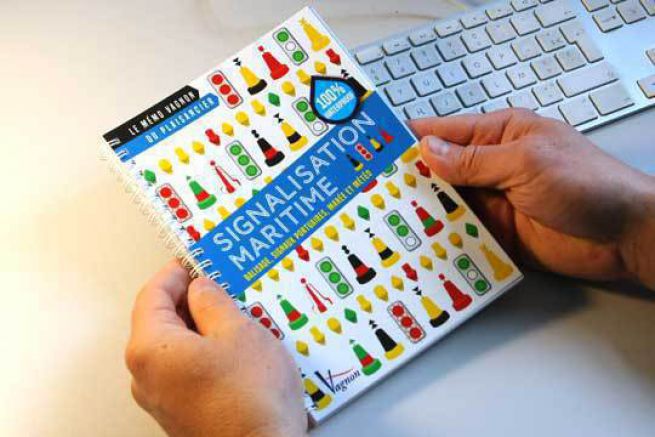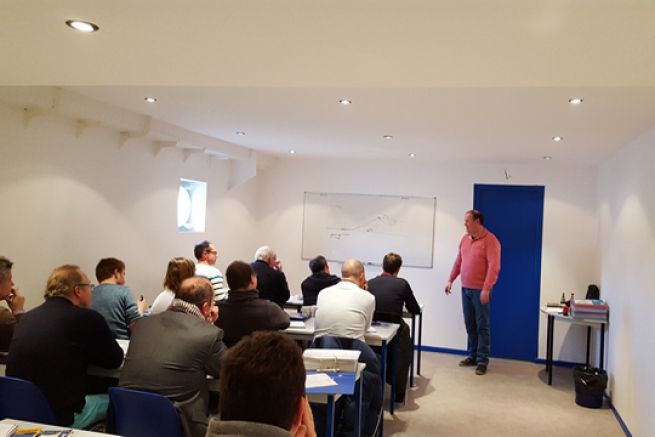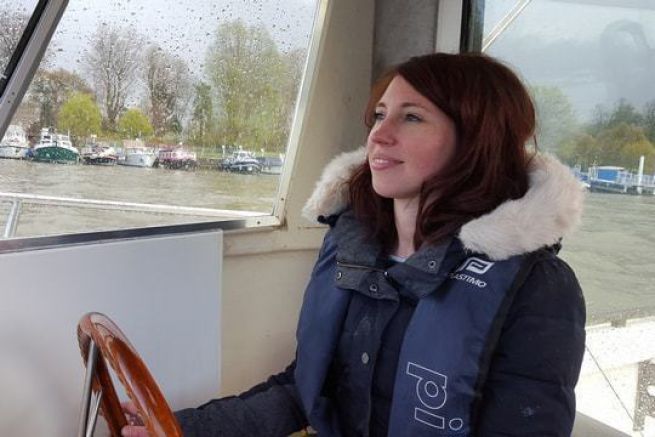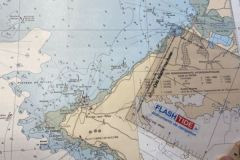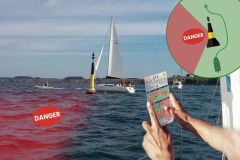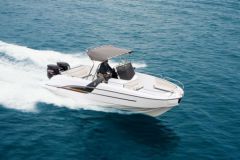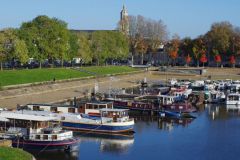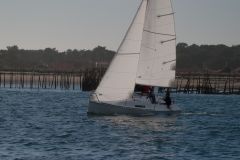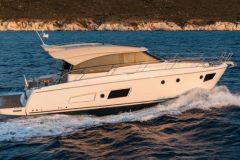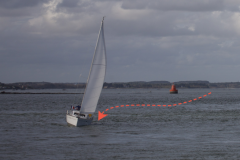Wednesday morning, 10am euros Boat license code exam
And here we are, two weeks have passed since my training for the boat license and I am now getting ready to take my code. I arrived at 23 rue Miollis in the 15th arrondissement, and found myself in the group of about thirty candidates waiting to enter the examination room. The examiner calls us one by one: candidate's booklet, identity card. "Turn off your phone, put your bag on the shelves and your coat on the rack and my colleague will seat you." We're not kidding around here!
I get my remote control back, go to my place at 2 e after a few explanations from the examiner, the series of 30 questions starts. The series ends after 25/30 minutes and I think I passed. I hesitate on 5 questions. One by one, we are called to know the result. "We don't tell you your score, unless you get an adjournment. If I sign your booklet, you get it, if I look you straight in the eye, it smells bad for you!"
I hear my name and walk over to the examiner. He signs, everything is fine! I have validated my boating license code! Now it's time to practice!
Thursday afternoon, 2 p.m. Paris Nautique barge, Quai Marcel Dassault in Saint-Cloud
Here I am back in the Paris Nautique office. The whole team welcomes me and it's Gérald who is going to make me take my practical exam. And here, he announces the color directly "So I'm not paid to succeed, but I'm not here for you to fail either. If you show me that it's leisure, then everything should be fine!" My stress returns
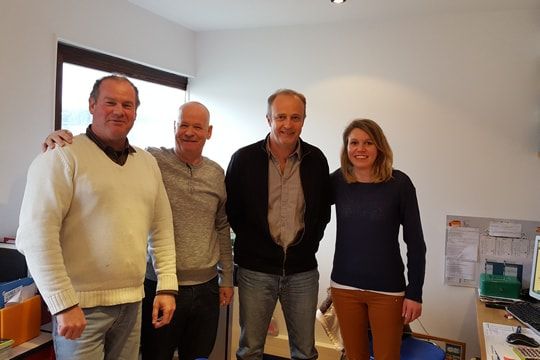
The team of Paris Nautique de Saint-Cloud from left to right: Patrice and Gérald, the two trainers, Patrice associate manager of Paris Nautique and Sandy, at the reception.
We leave the barge in direction of the pontoons to climb aboard a small outboard cabin of mark Jeanneau. There, Gérald asks me to decipher the CE marking of the boat (which category of design? Then, he shows me how to lower the engine, checks if it works well (cooling jet), checks the fuel level, plugs the circuit breaker cord, etc.
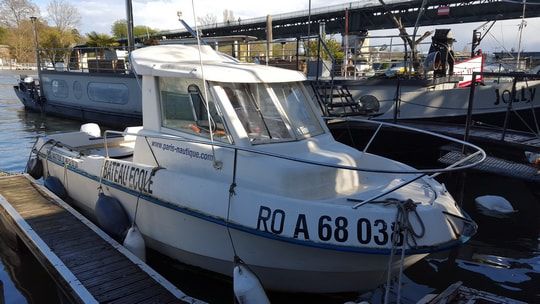
He then takes the controls to get the boat out of the dock and comes into the middle of the Seine. And then, surprise, Gérald lets go of the steering wheel and asks me to go out with him in the cockpit. But what is he doing! We're going to hit a barge, nobody is at the helm! "So a boat is not a car, you don't have to rush, you have to take your time. There's plenty of time to get into the cabin, without breaking your face on the step and changing course."
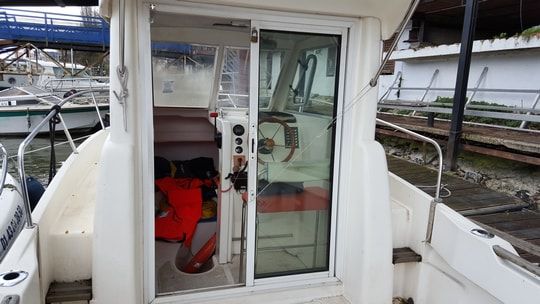
The demonstration made its effect! We return both in the cabin and we turn the helm to return in the normal direction of navigation. First exercise, to aim at barges moored on each side of the Seine to make a route in zigzag. "You have to take your time, you turn the wheel slightly and see how the boat reacts. If the course doesn't change, then give it another shot."
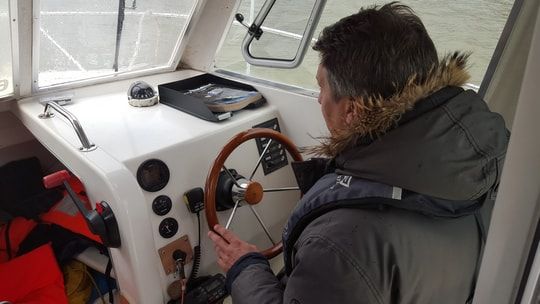
Second exercise, aim at an orange diamond on a bridge and try to pass under it so that the diamond is in the middle of the boat, from start to finish. "I'm telling you straight up, you're not going to make it." My ego is touched, I will show him that I am able to do it euros Except that it is already difficult to keep the course and to make a straight road euros Obviously, I miss! "It's normal," explains Gerald, "to draw a line, you need two points, here you only had one marker."
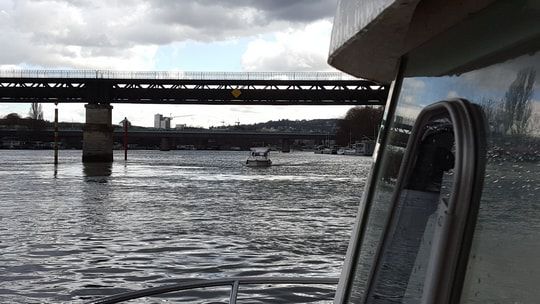
Third exercise, Gérald asks me to make a U-turn, always aiming at the same orange diamond. And then, an unexpected question "Are you in a relationship? What's his first name? How long has it been? Are you desperate for him? Do you love him?" I do my maneuver and then Gérald tells me " That's what I thought, you don't like it at all!" . He then takes the helm and does the maneuver, asking me what he has done more than me. " I was looking at the orange diamond the whole time I was doing it. You always look where you're going!"
Fourth exercise, man overboard. Gérald throws the crown buoy on the Seine and explains to me how to save someone who has fallen in the water. We make a big turn by leaving the most space between the man overboard and the boat in order not to hurt him. We then put ourselves in neutral and we place ourselves between the person overboard and the wind, before this one is sufficiently ready so that we can recover it with a gaff.
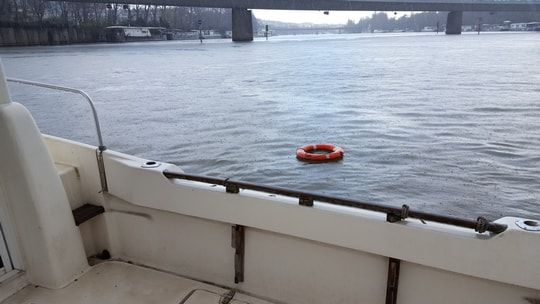
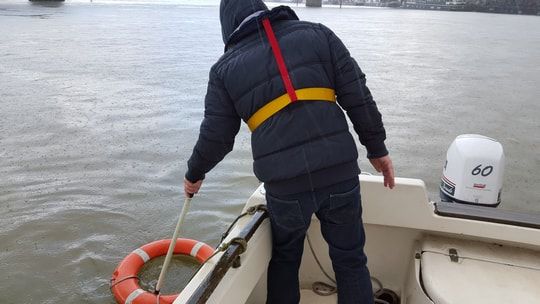
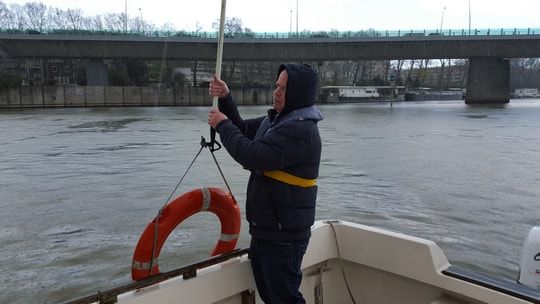
Finally, the fifth exercise, docking. "The method of the code is rather complicated and requires a lot of maneuvers, so I am going to show you my method" announces Gérald. We go then against a wall to go to accost against a ladder. We arrive in front of the pontoon, because the boat is going to put itself in the way. The main thing is not to be afraid! Gérald shows me the method to follow and then it's up to me, without touching the control lever.
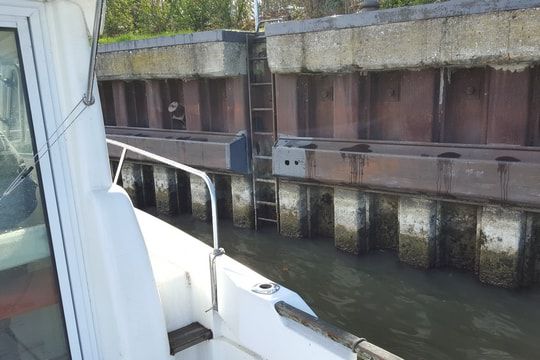
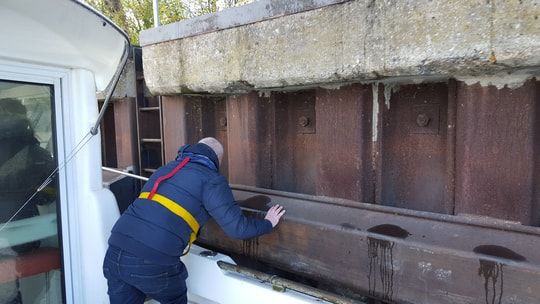
Then, we join the school barge to make a 2 e docking against the school barge.
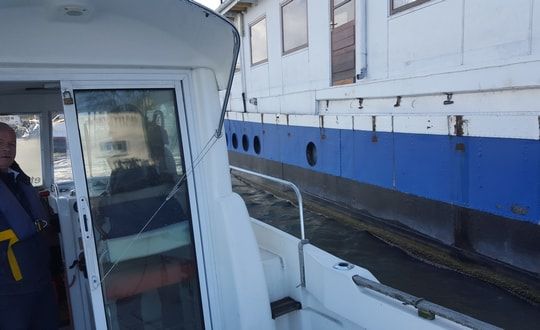
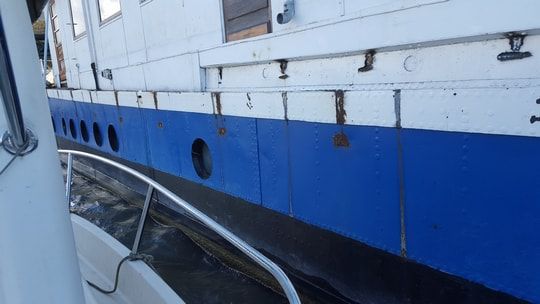
Back to the pontoon euros it is Gérald who makes the euro maneuver, we take advantage of it then to learn knots: knots in the cleat, knots of chair, knots of capstan.
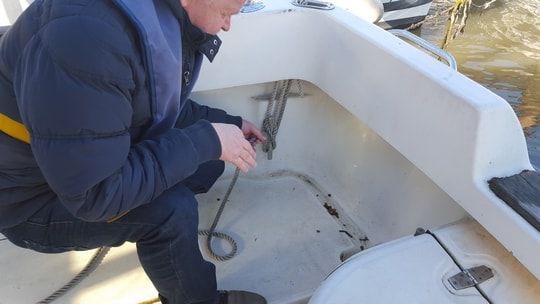
Knot on the floor
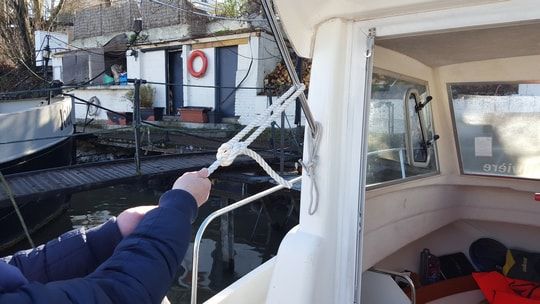
Chair knot
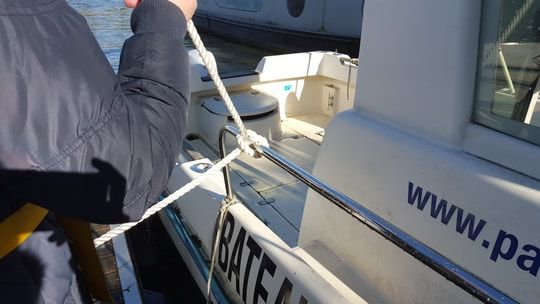
Capstan knot
In conclusion, Gérald explains "If one is aware of the dangers and the boat is unsafe, then one can sail for recreation. Now, do you feel ready to take a boat?" " Yes ! "I exclaim. "It's that I did my job well then!" concludes Gérald.

